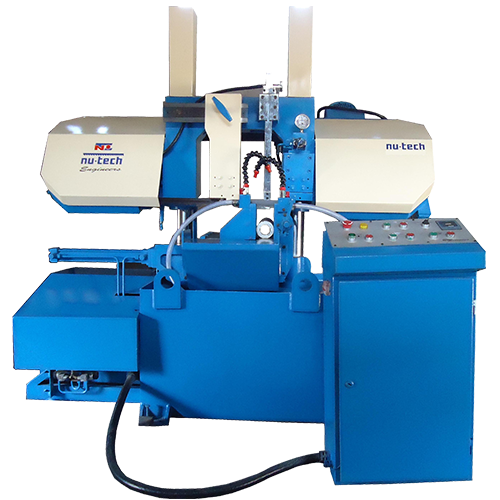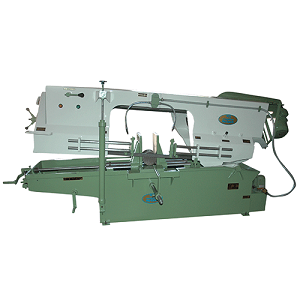Is A Bandsaw Safe?

Why Is Bandsaw Smoking?
April 28, 2022
How To Use A Bandsaw Safely?
May 3, 2022Is A Bandsaw Safe?
The bandsaw is broadly viewed as among the most secure of all carpentry apparatus. Nonetheless, it is as yet a perilous carpentry device, one that can cause significant injury whenever utilized inappropriately. There are various things to remember while utilizing your bandsaw to reduce the gamble of injury and to assist you with capitalizing on your apparatus.
Safety Equipment
Above all else, while working with any carpentry instruments, consistently wear safety glasses. The bandsaw blades turn at extensive speed, and little bits of stock can be impelled in almost any bearing. Much more terrible, assuming a blade breaks, the chance exists that a piece could come free. Your vision is too important to even think about taking risks on carpentry without defensive eyewear. Foster the propensity for wearing your safety glasses consistently.
While involving a bandsaw for carpentry, it is suspicious that the commotion level would require hearing assurance, however assuming you feel happier with wearing earplugs or ear protectors while utilizing your bandsaw, definitely, do as such. You ought to likewise wear a suitable dress for working with your bandsaw. Abstain from baggy attire, especially lengthy-sleeved shirts, that could get found out in your work or in the bandsaw blade.
Check Your Bandsaw Before Every Cut
Your bandsaw uses a significant number of squares and wheels to keep the blade in its appropriate situation all through a cut. These squares and wheels ought to be routinely checked for wear and changed according to your producer’s suggestions. Inability to change these squares and wheels properly will cause excessive mileage on the blade, and the reasonable reason for the blade to rashly break. Also, make sure that the pressure on the blade is drawn to inside the lines illustrated in your bandsaw’s proprietor’s manual.
When your bandsaw is changed appropriately and fixed to the fitting pressure level for the blade you’re utilizing, you ought to set up the saw to make a cut on your stock. With the engine switched off, place the stock to be cut level on the bandsaw’s table, and lower the blade gatekeepers to inside 1/8 inch to 1/4 inch of the stock. Leaving the blade monitors too high will put unnecessary pressure on the blade, improving the probability you’ll break the blade. Keeping the blade watch inside this separation from the stock will likewise expand the exactness of your cut.
Cutting the Stock Safely
Startup the bandsaw and hold on until the engine is at maximum speed prior to starting any cut. While working a bandsaw, consistently place the stock level against the table. Try not to endeavor to “free-hand” the stock in mid-air. The stock should stay level on the outer layer of the table consistently during the cut. Assuming that a particular, steady width tear or explicit point is to be cut, utilize a bandsaw tear fence or miter check to help with the cut. Not exclusively will this increment the exactness of the cut, yet it will get it done more secure too.
While cutting bends, draw the diagram of your project cut neatly on the stock. Then, keeping the wood level against the table, facilitate the stock through the saw along the external edge of the cut line. It is quite often desirable to leave a slight piece of stock external to the line that can be tidied up with an axle sander after the finish of the cut, as your bandsaw blade will probably make cut imprints that should be sanded smooth. Cutting straightforwardly against the cut line won’t leave space for sanding.
While cutting bends, consistently move gradually and deliberately. Assuming that you should retreat from your cut, hold the stock immovably set up with one hand and turn the engine off with the other. Try not to endeavor to back the stock out of the cut until the blade has reached a stand-still. While cutting tight bends, go gradually and use “alleviation cuts” at every possible opportunity. These are cuts that cut through piece bits of your cut out to give you a superior point on getting to a segment of your blueprint. It is more secure to make a ton of alleviation cuts and cut a tight bend in short segments than to attempt to make one long, wrong cut.
Keep Your Hands Away
Absolutely never during any of your cuts should your hands be any nearer than around three creeps from the blade. One hand ought to be on each side of the stock, facilitating it through the blade. You ought to never put your hand straightforwardly in the cut line, regardless of whether it is more than three inches away. Assuming you should hold the stock nearer than three inches, do so just with a push stick. You ought to likewise never reach across the bandsaw. If the on/off switch is to your left side, utilize your past available to turn it on and off.
Other Common Sense Rules
While utilizing your bandsaw, there will frequently be tiny bits of stock that are cut off of your huge piece of wood during the cutting system. Try not to endeavor to flick these away from the blade with your fingers. Utilize one more piece of stock or a push stick, ideally with the blade halted. Frequently this isn’t required, as the following cut will drive the piece securely away from the blade. When it is clear, push it off of the table. Never leave free pieces on your table that could obstruct your cut.
While working with carpentry hardware, give your best to keep away from interruptions. Assuming that somebody attempts to hinder you while making a cut, don’t deflect your eyes from the device; finish the cut or securely switch off the saw prior to redirecting your consideration. Over and over again, wounds happen in light of the fact that the administrator was occupied, in any event, for one minute. Layout a standard with everyone around you who may be leaned to intrude on: If they need to upset you while working with your carpentry hardware, request that they hold on until the cut is finished prior to hindering so you can focus entirely on them.
Read more about Why Is Bandsaw Smoking?

